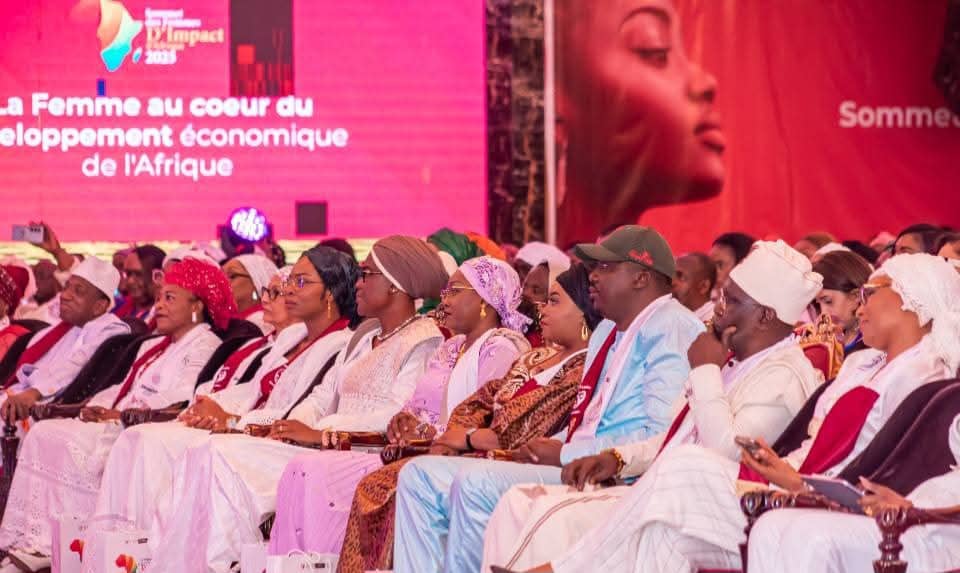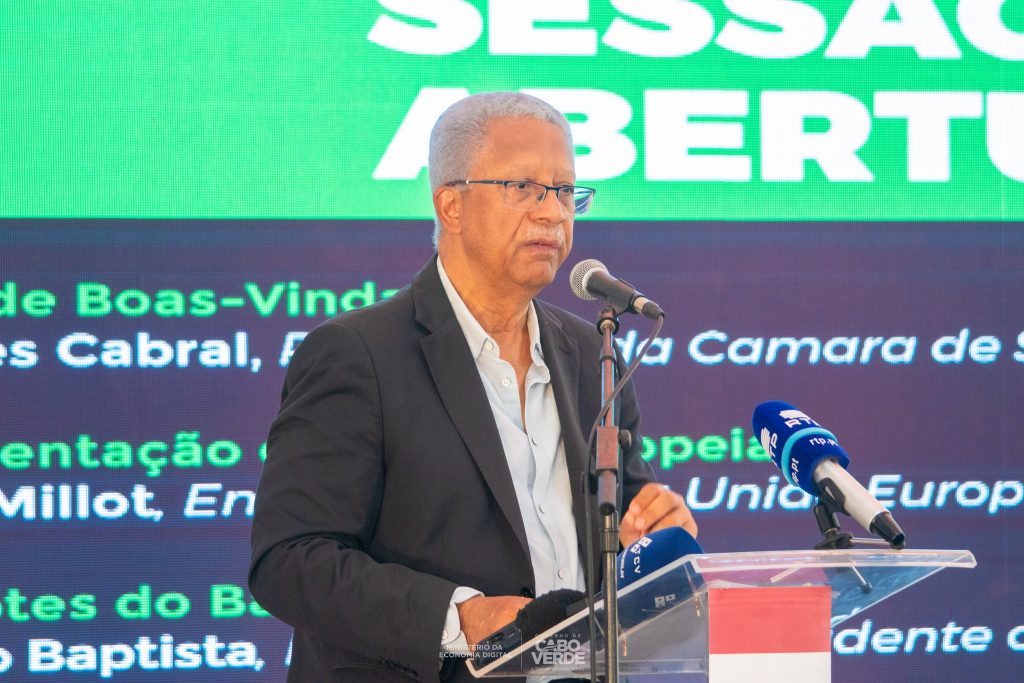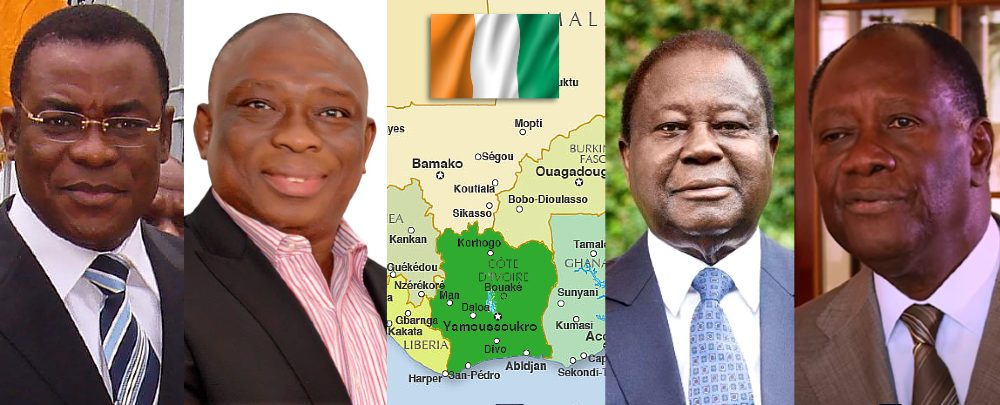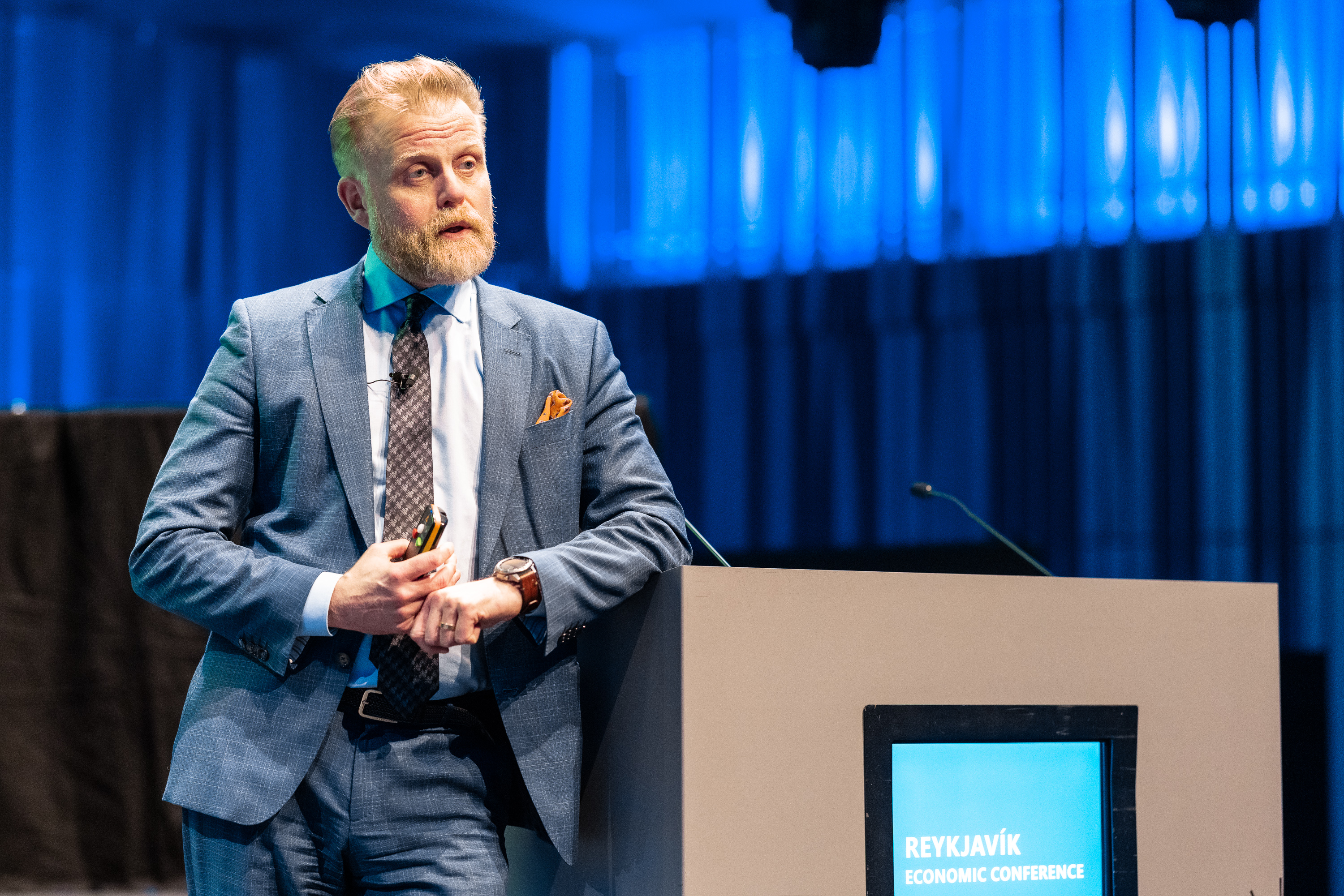Sudan seeks relief and donor re-engagement
Sudan’s finance delegation meets U.S. officials seeking aid and debt-relief re-engagement; gold (XAUUSD) exports slump, inflation >250 %, and DXY softness offers little relief to SDG.
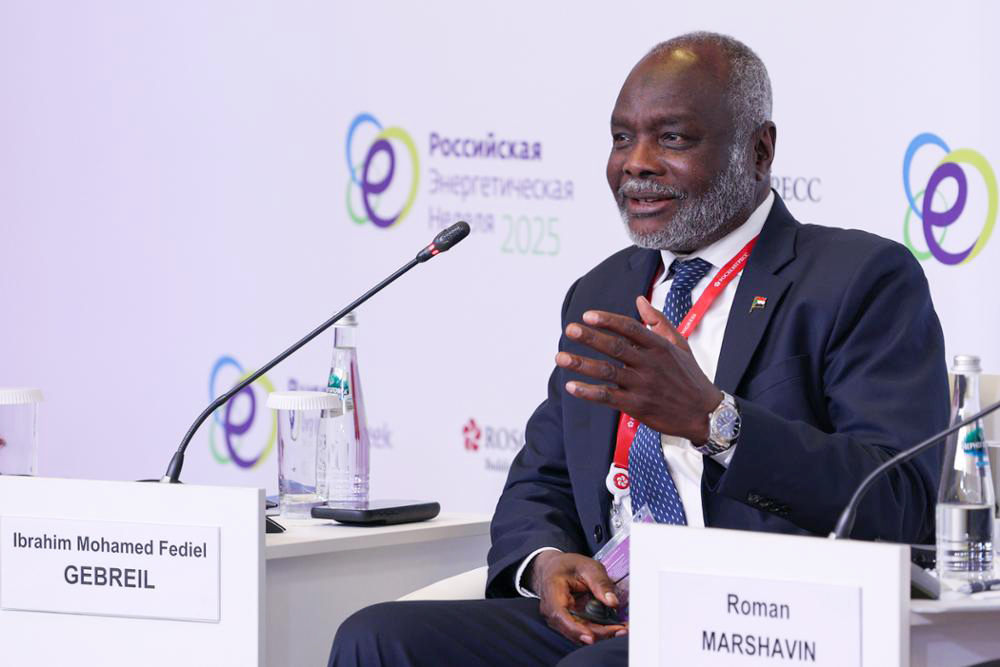
A high-level Sudanese government delegation began consultations in Washington, D.C. on 24 October 2025, seeking to revive economic cooperation and humanitarian access channels after more than a year of internal conflict. The visit—Sudan’s most senior engagement with U.S. officials since hostilities reignited in April 2023—aims to secure coordinated donor support, unblock frozen assets, and explore a phased path toward debt-relief eligibility once a durable ceasefire holds.
Finance Minister Jibril Ibrahim and Central Bank Governor Hussein Yahya Jangoul met officials from the U.S. Treasury, USAID, and the IMF to outline a stabilisation framework built around emergency food imports, currency-market reform, and limited public-sector salary support. Sudan’s economy has contracted by an estimated 18 % cumulatively since 2023, while headline inflation remains above 250 %, reflecting currency depreciation and disrupted logistics. The central bank’s ad-hoc FX auctions have failed to arrest the slide of the Sudanese pound, which now trades informally near SDG 1 200 / USD.
Discussions also focused on humanitarian corridors and the alignment of sanctions relief with monitoring mechanisms. Washington signalled openness to conditional technical assistance via multilateral channels but emphasised that any macro-financial re-engagement depends on verifiable progress toward civilian governance. U.S. interlocutors confirmed a US $350 million package of emergency food and medical aid through the World Food Programme and USAID, contingent on secure delivery routes.
The macro backdrop remains dire. Gold exports—the country’s last reliable hard-currency source—have slumped as smuggling intensified and refineries in Khartoum and River Nile states shuttered. Official shipments fell below 15 tonnes in the first nine months of 2025, down from 40 tonnes pre-war, even as gold prices (XAUUSD) hover near record highs. Fuel shortages and destroyed agricultural infrastructure threaten the upcoming harvest, deepening food insecurity for an estimated 17 million people.
Analysts describe the Washington mission as less about immediate funding and more about re-legitimising engagement channels after months of isolation. “Sudan’s technocrats are trying to reopen the door without appearing to concede political ground,” one regional diplomat said. Western partners, meanwhile, are calibrating how to prevent humanitarian collapse without reinforcing warring factions’ patronage networks.
For markets, the trip carries negligible direct impact—Sudan remains excluded from global capital markets—but symbolically, it signals a tentative re-entry into structured dialogue. If talks yield a roadmap toward macro normalisation, Sudan could requalify for IMF Staff-Monitored Program consideration in 2026, unlocking donor coordination mechanisms akin to pre-war HIPC arrangements.
With DXY easing and global gold prices strong, external conditions are modestly supportive. Yet absent security guarantees and credible fiscal control, inflows will remain humanitarian rather than developmental. The Washington visit therefore represents a diplomatic holding pattern—economic triage framed by geopolitics, in which relief precedes recovery and credibility must be rebuilt step by step.


